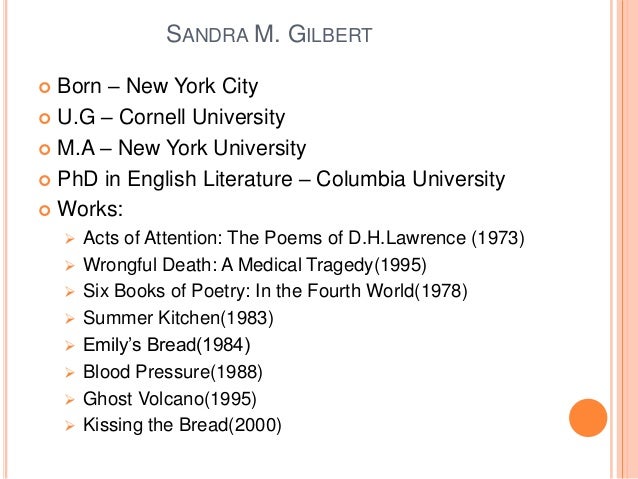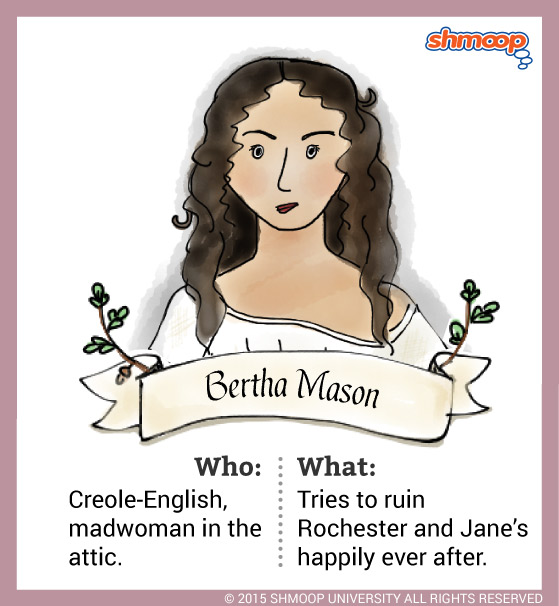Gilbert and gubar draw their title from charlotte brontë s jane eyre in which rochester s wife is kept secretly locked in an attic apartment by her husband.
The madwoman in the attic sparknotes.
Heilbrun washington post book world a pathbreaking book of literary criticism is now reissued with a new introduction by lisa appignanesi that speaks to how the madwoman in the attic set the groundwork for subsequent generations.
Thus the madwoman in the attic could represent the confining and repressive aspects of victorian wifehood suggesting that the lack of autonomy and freedom in marriage suffocates women threatening their mental and emotional health.
This classic work of literary criticism uses bertha mason the titular madwoman as a lens to examine madness in victorian literature as a feminist response to stifling and oppressive victorian gender roles.
The madwoman in the attic important quotes 1.
It is considered a landmark of feminist.
How might the analysis of any of the novels discussed change if examined through the lens of a first wave or third wave feminist.
The poet s pen is in some sense even more than figuratively a penis.
The essays that comprise the text were all written during the second wave feminist movement that took place in the united states during the 1960s and 1970s.
A feminist classic judith shulevitz new york times book review a pivotal book one of those after which we will never think the same again carolyn g.
The madwoman in the attic.
The woman writer and the nineteenth century literary imagination co authored by sandra m.
The madwoman in the attic.
The madwoman in the attic essay topics 1.
Male sexuality in other words is not just analogically but actually the essence of literary power.
Gilbert and susan gubar is a nonfiction scholarly text comprising 16 interconnected essays.
The woman writer and the nineteenth century literary imagination is a 1979 book by sandra gilbert and susan gubar in which they examine victorian literature from a feminist perspective.
The madwoman in the attic.
They dealt with these tensions by creating a metaphor.
In the 700 page text gilbert and gubar use the figure of bertha mason as the so called madwoman in the attic to make an argument about perceptions toward female literary characters during the time period.


























